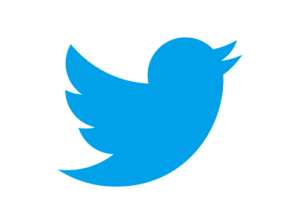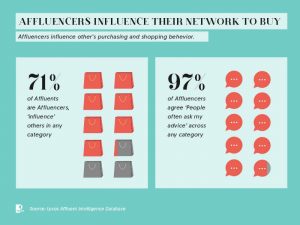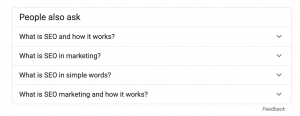
A lot of our small business owner clients come to us rather sheepishly, asking us to explain some of the common terms and slang associated with Twitter. Truthfully, there’s no reason to feel sheepish about it: Twitter has its own vernacular, and getting hip to the lingo is one of the toughest parts about Twitter use.
Your time is probably better spent growing your business, strategizing, leading your team, and serving your customers; with that said, if you’re going to be using Twitter as a tool for business promotion and growth, it’s helpful to at least have a reference for some of the terminology. We’ll explain some of the most common Twitter terms here; if there’s one you don’t see here, don’t hesitate to ask us about it!
@mention. When you want to “tag” someone in a tweet—to talk to them directly—you include their username in your tweet, along with the @ sign. For example, if you want to talk to us on Twitter, include @GrammarChicInc somewhere in our post, and the tweet will show up in our “mentions.” We’ll also get a notification about it. Basically, this is how you have a conversation on Twitter.
#, or hashtag. The pound sign—on Twitter, we call it a hashtag—is used to transform a word or a term into a topic, lending greater searchability. For instance, if you have a tweet about soccer, you can tag it with #soccer, and when another user searches for soccer-related posts, yours will show up in the results. Hashtags are also used to align your posts with “trending” topics. Note that sparing hashtag use is recommended—somewhere between one and three per post.
DM. This stands for a direct message—basically, Twitter’s internal messaging tool. A direct message will be between you and just one other person, and will be private, which is what separates it from the public @mentions noted above.
Feed. As with Facebook, Twitter has its own Feed—basically, the timeline of tweets/posts you see when you log in.
#FF. This is one of the most common hashtags, and one all business owners should know about. It stands for Follow Friday, and it’s basically a thing people do every Friday to recommend other Twitter followers. For example, if you love the Grammar Chic account and want all your friends to see it, you might tweet: “For #FF today, I recommend the great tweets from @GrammarChicInc!”
Follower. A follower is anyone who signs on to see all your tweets in their feed. It’s like a Facebook friend, except not necessarily two-way; you can choose to follow someone, and that person may not choose to follow you.
HT: A “hat tip” is noted when you’re giving credit to someone else. For example, if you see a great article shared by the Grammar Chic account, you might share the link yourself but give us credit: “HT @GrammarChicInc.”
ICYMI: This common abbreviation stands for In Case You Missed It; basically, you use it to re-share something previously shared, for anyone who didn’t see it the first time.
IDK: Stands for “I Don’t Know.” This is what you tweet if someone asks you a question and you don’t have an answer.
IMO or IMHO: These stand for In My Opinion and In My Humble Opinion, respectively. What you’re saying here is, “Just my two cents.”
MT: If you’re sharing something from someone else, but modifying it a bit—likely to make it shorter/fall within that 140 character limit—you mark it as an MT, or Modified Tweet.
.@ mention: Note the period in front of the @. This is a modified version of an @ mention. The difference? A regular @ mention will be visible only to those who follow you and the person you’re mentioning. Putting the period ensures that everyone can see the tweet.
Reply: Is what it says it is: When you’re responding directly so someone else’s tweet, it’s a reply.
RT: Retweet—a tweet so good, someone decided to share it. This is the most important currency on Twitter, and what small business owners should be striving for!
#TBT: This hashtag stands for Throwback Thursday—a chance to post a “blast from the past” old photo or memory. Do it on Thursdays!
Troll: A troll is any Twitter user engaging in spammy or abusive behavior. Beware!
Trending topics: Anything that people are tweeting about a lot—headlines, celebrity news, big episodes of popular shows—may qualify as a trending topic.
Unfollow: Basically, the Twitter equivalent of unfriending someone on Facebook, or simply choosing not to see their tweets any more.
We hope that helps—but remember: If you have any further questions, we’re around: 803-831-7444, or www.grammarchic.net.
(189)








